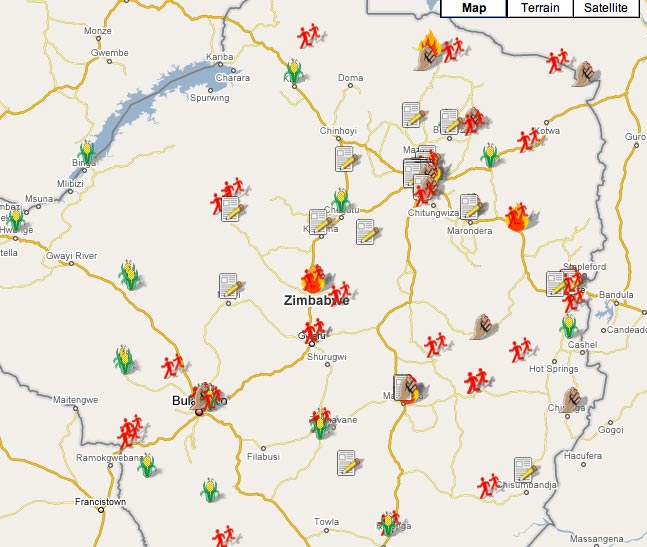Behind the reported events of last week’s earthquake in China, a story of a citizen journalism was emerging.
Ronen Medzini, an Israeli student, affected by the earthquake in the Chengdu area was quoted by the Associated Press on the crisis in the area.
Medzini’s role in reporting the disaster, which was quickly picked up by other mainstream media, was in itself newsworthy – he reported the devastation around him in a text message sent to the AP, a citizen journalist breaking news on a mobile.
But how to detect this thread within the mass of reporting? Ian Cairns from Managing News, has blogged about how the system, which tracks and analyses mainstream and social media sources, did just this.
What is particularly interesting – and crucial – about how Managing News worked in this situation, is the collaboration between two of its features: a map displaying geotagged news items on a topic (in this case breaking news) and a tag cloud.
Investigating the tag cloud next to the map of news coverage of the earthquake, tags for both ‘Ronen Medzini’ and ‘cellular’ showed up, as such highlighting the cit-j element of the story which would otherwise have been buried.
Interesting how the visual representation of news trends, in this case, allowed the observer to quickly pick up on new leads in the reporting.


